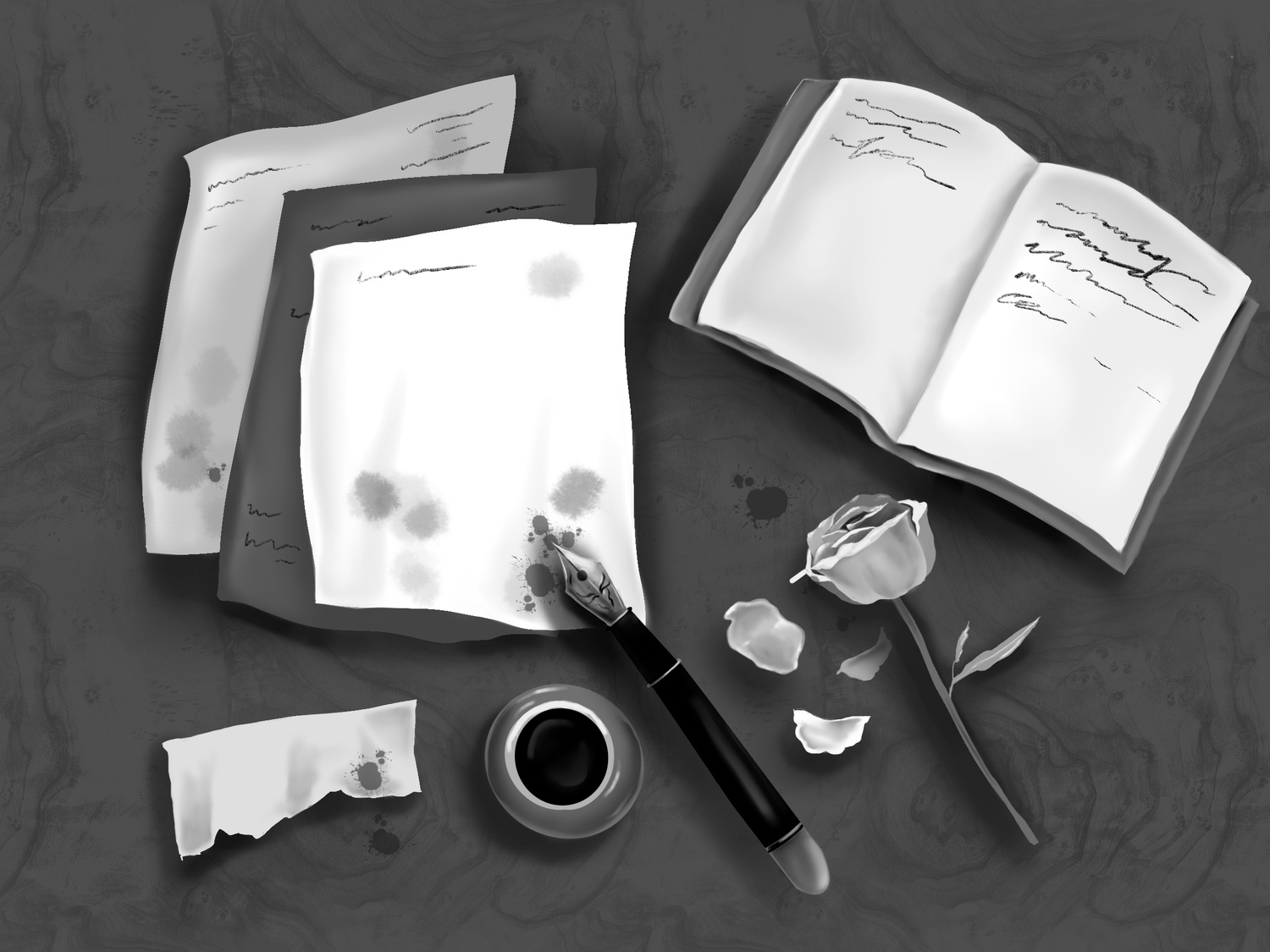
News
Summers Will Not Finish Semester of Teaching as Harvard Investigates Epstein Ties

News
Harvard College Students Report Favoring Divestment from Israel in HUA Survey

News
‘He Should Resign’: Harvard Undergrads Take Hard Line Against Summers Over Epstein Scandal

News
Harvard To Launch New Investigation Into Epstein’s Ties to Summers, Other University Affiliates

News
Harvard Students To Vote on Divestment From Israel in Inaugural HUA Election Survey
Should Didion’s ‘Notes to John’ Be Published? No.

It is widely understood and accepted that an artist owns the art that they create, that they, generally speaking, have the right to do what they want with their work. An unspoken force, however, is at play as well, poking and prodding at the extent to which an artist has jurisdiction over the publication of their own work — a force that often comes into play when the artist themselves is out of the picture.
This greed — for it is just greed, motivated by both the demands of readers and the interests of publishers — has been particularly active in the literary world, especially recently, as Gabriel García Marquez’s “Until August” was published posthumously on March 6, 2024 and Joan Didion’s “Notes to John” will be this month on April 22.
Cases of posthumous publishing have sparked controversy for decades, leading publishers, writers, and others in the literary world into a fierce debate about the ethics behind the practice. After a writer dies — especially a famous writer — there is a rush to sieve through their life’s work, searching and searching for unpublished treasures. The desire makes sense — the artist will never, of course, work again.
Those who advocate for posthumously publishing an author’s works have argued, in a sense, that doing so is for the good of the author. Some of Elizabeth Bishop’s treasured poems were published after her death, as were Franz Kafka’s “The Trial” and Jane Austen’s “Persuasion.”
However, there is a difference between publishing works that likely were meant for publication, like Austen’s, and publishing works that were never meant for publication, like Kafka’s. This difference is once again emphasized by the posthumous releases of García Marquez’s and Didion’s “Until August” and “Notes to John,” respectively.
García Marquez originally wrote the novel, “Until August,” with the intent of its ultimate publication and even shared it with his editor at one point, before — amid bouts of dementia — he decided to refrain from publishing it. “Until August,” at one point at least, was meant for public consumption. Therefore, an argument can be made that, as García Marquez intended to publish the novel while he was of sound mind, the book’s posthumous publication is justified.
The publication of “Notes to John,” however, is a different story. Unlike “Until August,” Didion’s writing was likely not intended to be a draft of a novel, nor was it preparatory material for an essay, an article, or a memoir. Rather, it appears that Didion wrote these notes as a personal, introspective, and reflective practice, inspired by her meetings with a psychiatrist. In other words, these notes were not meant for anyone but herself. She didn’t share them with a publisher, like García Marquez did, nor did she speak of the notes, write about them, or leave any directions as to what to do with them after her death. She began to write these notes over two decades before she died — so any lack of instruction wasn’t due to a lack of time. Now, this month, these notes are going to be published as “Notes to John.”
Ultimately, unlike that of “Until August,” the upcoming publication of “Notes to John” utterly disrespects its creator’s implied intention and wishes. Unless a work was explicitly intended for publication, unpublished works should remain just that. The invasive publication of “Notes to John” is ultimately a symptom of literary greed, disrespecting the authority of a literary legend.
Not only does this publication disrespect Didion’s authority, but it brings her legacy into question. For the last 10 years of her life, Didion stopped writing. She had the chance to write and publish more, but she didn’t. This suggests, at least, that Didion was satisfied with what had been published, and if she wanted to write more, let alone publish previous writing, she would have. Publishing “Notes to John,” regardless of the upcoming public reception of the work itself, forcefully refuses Didion the ability to manage her own literary legacy.
Writing is a private and personal practice, and creating, let alone publishing, one’s work requires serious vulnerability and determination. Many writers write for themselves and no one else. Even if someone writes professionally, that does not mean that all of their writing was intended for the public eye. Ultimately, if there is any doubt whether or not writing was meant for the public, then the work must remain private.
Yet, there’s only so much one can say. “Notes to John” will be published soon, Didion’s decision to leave this writing behind has been overturned by others, and her literary legacy — one that has been set in stone for over a decade — is subject to change.
We are now left with the question of whether we should read “Notes to John.” I’d like to say no — that it’s an invasion of her privacy, that doing so disrespects her memory — but I’m not sure. At this point, the decision has been made, whether or not we read the text. So, if you do decide to read “Notes to John,” just be cautious, understanding, and empathetic, knowing that what you are about to see is a rare glimpse of a life that, without the interference of others, would have died with Didion.
—Staff writer Thomas A. Ferro can be reached at thomas.ferro@thecrimson.com.
Want to keep up with breaking news? Subscribe to our email newsletter.
